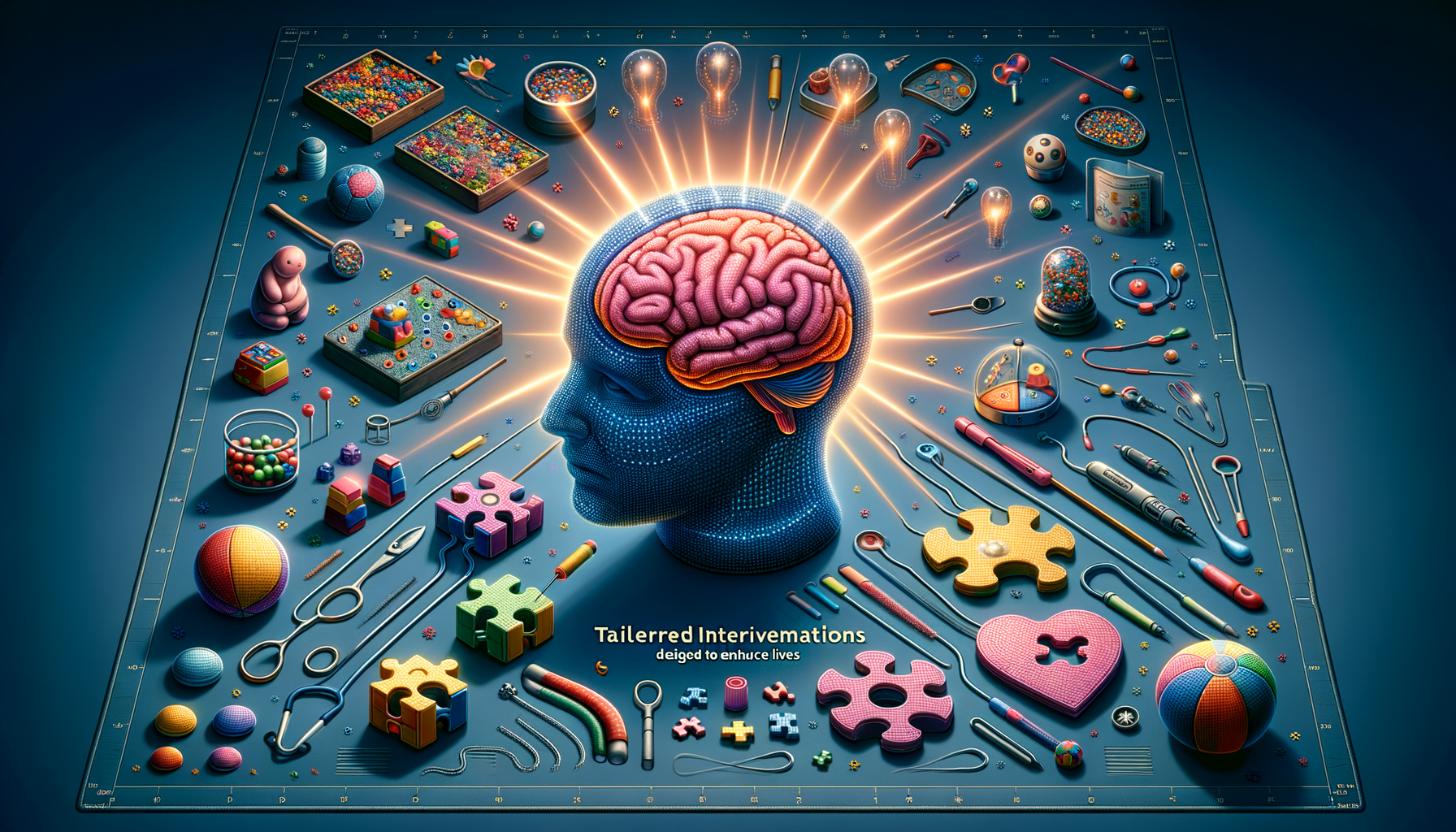Exploring Autism Therapy: Enhancing Lives Through Tailored Interventions
Autism therapy in the UK focuses on providing tailored support and interventions to individuals on the autism spectrum, aiming to enhance their communication skills, social interactions, and overall quality of life.

Understanding Autism Spectrum Disorder (ASD)
Autism Spectrum Disorder (ASD) is a complex developmental condition characterized by challenges in social interaction, communication, and repetitive behaviors. With a spectrum that varies significantly from one individual to another, understanding ASD requires a nuanced approach. The prevalence of autism is approximately 1 in 100, according to recent studies, making it a significant public health concern.
ASD manifests in a variety of ways, which means that the needs of individuals on the spectrum can differ greatly. Some may have exceptional abilities in specific areas such as mathematics or music, while others might require substantial support in daily activities. Recognizing the diverse presentations of autism is crucial in tailoring effective therapy.
Key features of ASD include:
- Challenges with verbal and non-verbal communication
- Difficulty in understanding social cues and forming relationships
- Repetitive behaviors and restricted interests
- Unique strengths and abilities
By gaining a comprehensive understanding of ASD, therapists and caregivers can better design and implement interventions that cater to individual needs, promoting a higher quality of life for those affected.
Types of Autism Therapy
There are several therapeutic approaches available for individuals with autism, each designed to address different aspects of the disorder. These therapies can be broadly categorized into behavioral, developmental, educational, and therapeutic interventions.
Behavioral therapies, such as Applied Behavior Analysis (ABA), focus on reinforcing positive behaviors and reducing harmful or unwanted behaviors. ABA is widely recognized for its structured approach and has been shown to be effective in improving social skills, communication, and learning.
Developmental therapies, like the Developmental, Individual-differences, Relationship-based model (DIR/Floortime), emphasize building emotional and relational skills. These therapies are particularly beneficial for fostering emotional connections and enhancing communication skills.
Educational interventions often involve customized learning plans that cater to the unique needs of students with autism. These plans integrate specialized teaching methods and tools to facilitate effective learning and engagement.
Therapeutic interventions, including speech and language therapy, occupational therapy, and sensory integration therapy, address specific challenges related to communication, daily living skills, and sensory processing.
By combining these therapies, individuals with autism can receive comprehensive support that addresses their multifaceted needs, leading to improved outcomes in various areas of their lives.
The Role of Parents and Caregivers in Autism Therapy
Parents and caregivers play a pivotal role in the success of autism therapy. Their involvement is crucial in reinforcing therapeutic strategies at home and in everyday situations. By actively participating in therapy sessions and learning techniques from professionals, parents can create a supportive environment that encourages progress.
One effective approach is parent-mediated intervention, where parents are trained to implement therapy techniques. This not only empowers them to support their child’s development but also strengthens the parent-child bond. Studies have shown that children with autism make greater strides when their parents are actively engaged in therapy.
Additionally, caregivers can help by:
- Creating structured routines that provide stability and predictability
- Encouraging social interactions through playdates and community activities
- Advocating for their child’s needs in educational and social settings
- Seeking out support groups for shared experiences and advice
Through education and collaboration with professionals, parents and caregivers can significantly enhance the effectiveness of autism therapy, making a lasting impact on their child’s development and well-being.
Challenges and Considerations in Autism Therapy
Despite the availability of various therapies, there are challenges and considerations that must be addressed to ensure effective treatment for individuals with autism. One major challenge is the accessibility of services. Many families face long waiting lists and high costs, which can delay crucial early intervention.
Another consideration is the need for personalized therapy plans. Given the diverse nature of autism, a one-size-fits-all approach is often ineffective. Therapists must work closely with families to develop tailored interventions that meet the unique needs of each individual.
There is also a growing need for awareness and education about autism in society. Misunderstandings and stigmas can hinder the integration of individuals with autism into community settings. By promoting acceptance and understanding, communities can become more inclusive and supportive.
Finally, continuous research and development are essential to advancing autism therapy. As our understanding of autism evolves, so too should the strategies and interventions used to support those on the spectrum.
Addressing these challenges requires a concerted effort from healthcare providers, policymakers, and society as a whole, ensuring that individuals with autism receive the support they need to thrive.
Innovations and Future Directions in Autism Therapy
The field of autism therapy is continually evolving, with new innovations and research driving improvements in treatment approaches. One exciting development is the use of technology in therapy, such as virtual reality and apps designed to enhance social skills and communication.
Virtual reality offers immersive environments where individuals with autism can practice social interactions in a controlled setting. These technologies provide valuable opportunities for learning and can be tailored to suit individual needs.
Additionally, advancements in genetics and neuroscience are shedding light on the biological underpinnings of autism. This research holds the potential to inform more targeted therapies that address the root causes of the disorder.
Furthermore, there is a growing emphasis on holistic and integrative approaches that consider the overall well-being of individuals with autism. This includes incorporating mindfulness practices, dietary interventions, and physical activities into therapy plans.
As we look to the future, the collaboration between researchers, clinicians, and families will be vital in developing innovative strategies that improve the lives of those with autism. By embracing new technologies and approaches, the field of autism therapy is poised to make significant strides in enhancing the quality of life for individuals on the spectrum.
